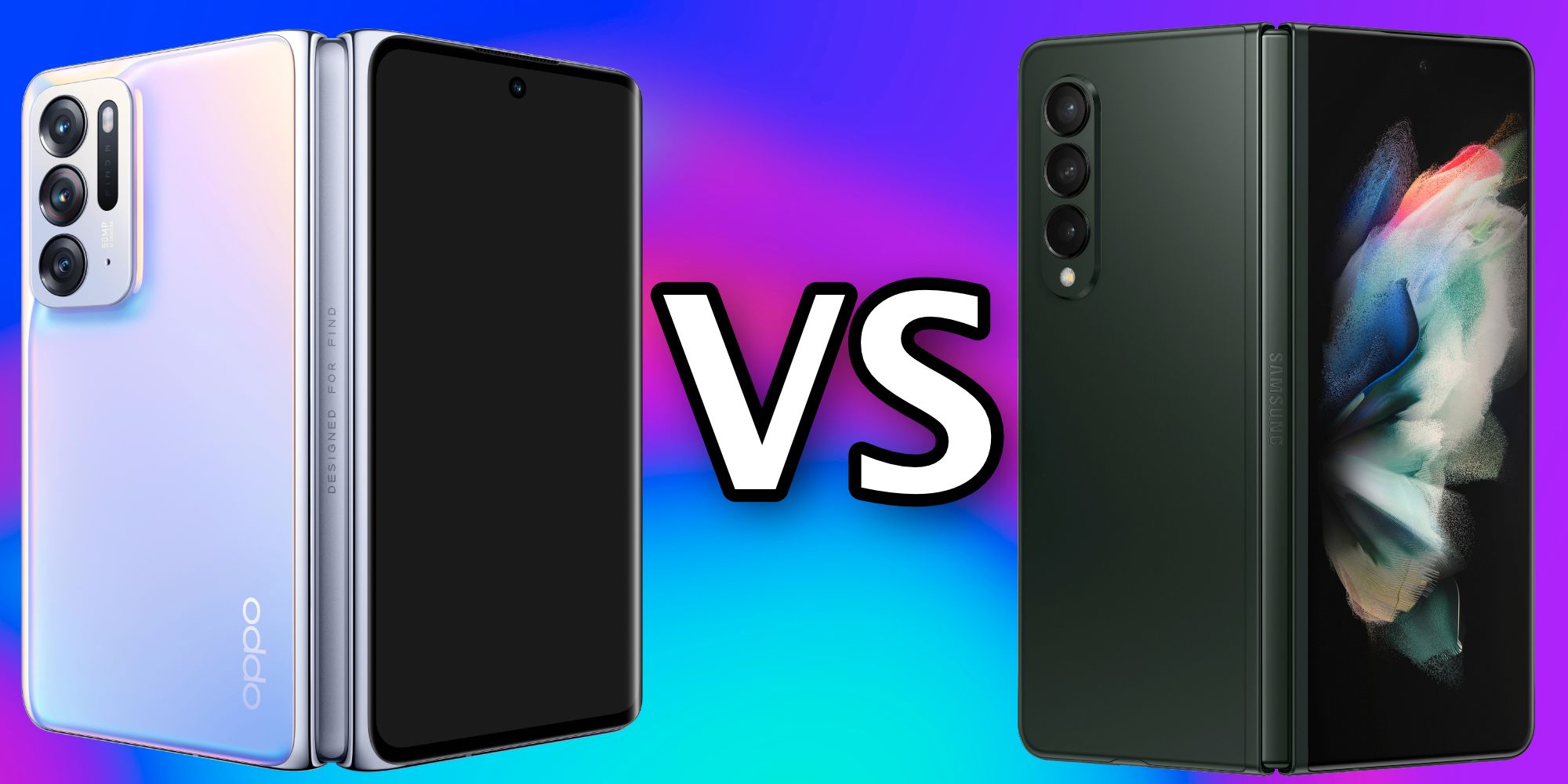
The foldable phone segment is not as flooded as the mainstream smartphone market, thus every new model sparks interest amongst early adopters. The launch of the OPPO Find N foldable phone has piqued the attention of tech enthusiasts who were longing for a Samsung Galaxy Z Fold 3 and Microsoft Duo 2 competitor.
The foldable phone segment is not as flooded as the mainstream smartphone market, thus every new model sparks interest amongst early adopters. The launch of the OPPO Find N foldable phone has piqued the attention of tech enthusiasts who were longing for a Samsung Galaxy Z Fold 3 and Microsoft Duo 2 competitor.
The basic design of both phones is quite similar: they open up like a handbook to offer the tablet-like big screen real-estate, and then in the folded position, the small display on the front cover acts as the secondary screen when you don’t want to open the device. OPPO and Samsung both have gone for the aluminum frame and hinge covering for the devices. Gorilla Glass Victus for the front and rear protects both these foldables from inevitable scratches.
The volume rocker buttons on OPPO’s foldable are placed to the left while the recessed power button on the right side houses the fingerprint sensor, too. On the Samsung device, all these buttons are on the right side. Both models have hole-punch cameras on the front and the cover display with a slight difference in their placement. OPPO chose the left corner while Samsung went with the centrally-aligned camera on the top right of the main screen.
The Find N has a better hand feel to it while the Galaxy Z Fold 3 goes for a sleek and protected look thanks to the IPX8 waterproof rating. At the launch event, OPPO highlighted the ergonomic design of the device, and that could be a gamechanger for users with small hands.
OPPO’s foldable has a slightly shorter and wider design, while the Z Fold 3 has a taller appearance. The camera housing on the Find N’s rear is arguably more attractive owing to the smooth transition from the main glass to the module, something similar to the Find X3 Pro. The Galaxy Z Fold 3, however, has a contemporary pill-shaped housing that looks a bit odd on a premium flagship device.
OPPO’s screen crease is less obvious at the folding position thanks to the 12-layer Serene Display, which has a 0.03mm layer of ultra-thin glass. Other than that, the display specifications on the devices are pretty straightforward. Find N has a 5.49-inch 18:9 full HD AMOLED display on the front while the Galaxy Z Fold 3 has a 6.2-inch 25:9 AMOLED display. OPPO’s device has an aspect ratio similar to a standard smartphone display and looks less cramped than that of Samsung’s device.
Find N has a 7.1-inch E5 AMOLED display (1792 x 1920px resolution) with a 120Hz adaptive refresh rate that goes as low as 1Hz and TÜV Rheinland certification. The primary display on the Galaxy Z Fold 3 is a 7.6-inch AMOLED screen (2K resolution) with a 120Hz adaptive refresh rate (lowest refresh rate 10Hz) and HDR10+ certification.
In the optics segment, the Find N looks good on paper and edges ahead of the undisputed champion in terms of its versatility. It has a triple camera setup on the back, including the 50MP Sony IMX 766 main sensor, 16MP ultra-wide shooter, and 13MP telephoto lens. Samsung went with a more measured approach by using a camera module a bit similar to its predecessor. All three main, ultra-wide, and telephoto lenses have 12MP sensors.
In terms of the cover screen and main screen selfie camera, the Find N has an advantage. It has a 32MP lens for the cover screen as compared to the 10MP on the Galaxy Z Fold 3. The main screen’s selfie camera stands at 32MP, as well, while the Samsung foldable falls short in terms of pure hardware with a 4MP under-display shooter.
Coming on to the battery, OPPO goes for a slightly higher-capacity 4,500mAh battery with support for a 33W SuperVOOC charger. It also supports 15W wireless charging and 10W reverse charging. The Galaxy Z Fold 3, on the other hand, has a 4,400mAh battery pack that supports a maximum of 25W fast charging, 11W wireless charging, and 11W reverse charging.
The OPPO Find N looks to have the edge when it comes to battery capacity and charging speeds. That said, it could boil down to the software environment and battery management tech that’ll give one device an advantage over the other. Samsung’s vast experience with the big screen foldable format may give its device an edge over OPPO’s competitor during real-world usage.






